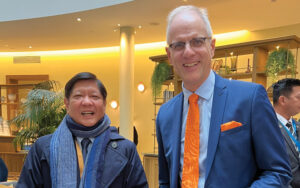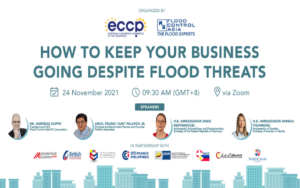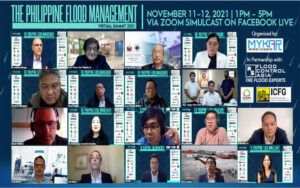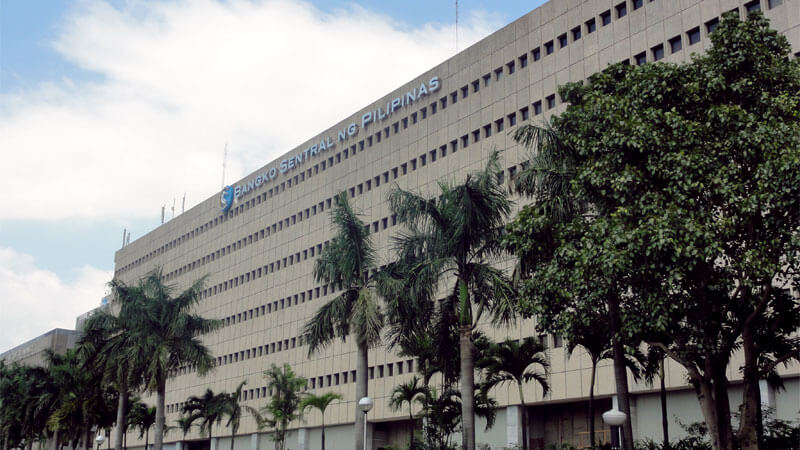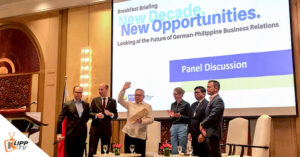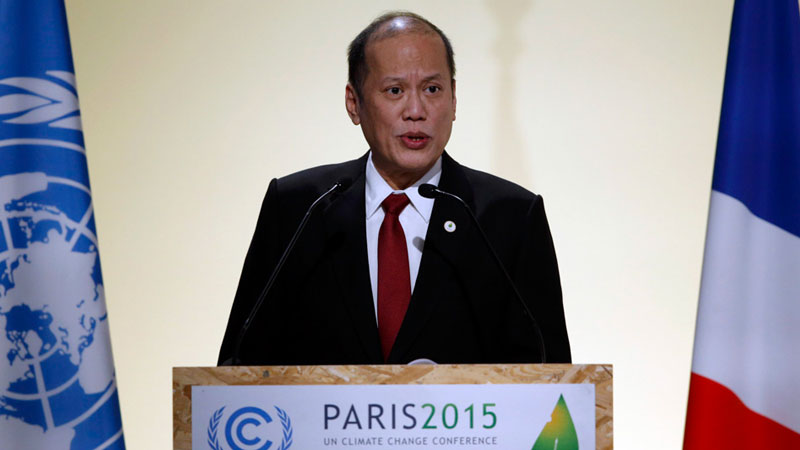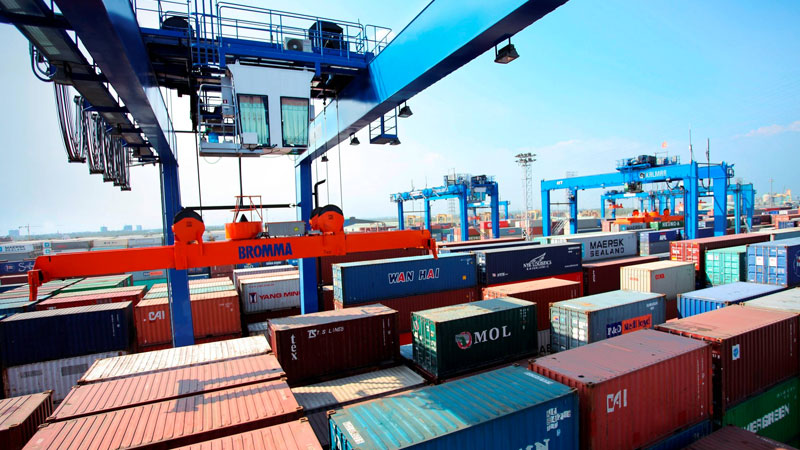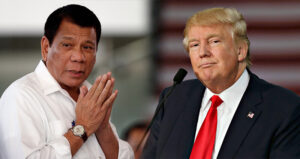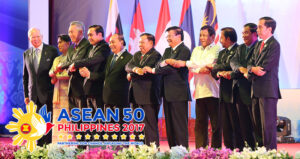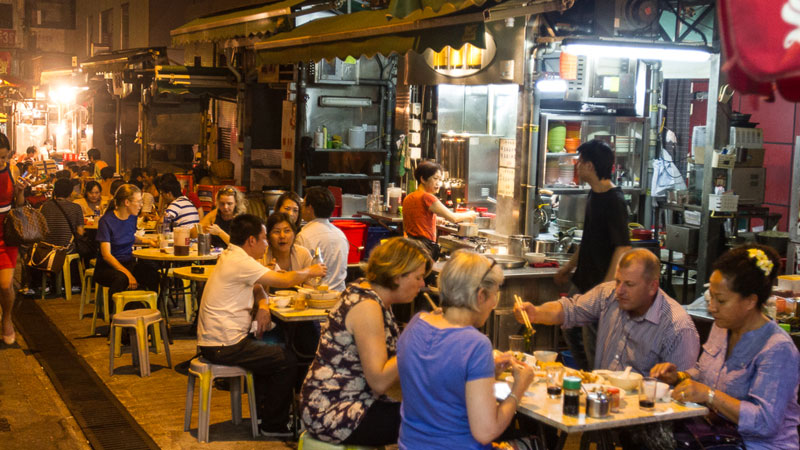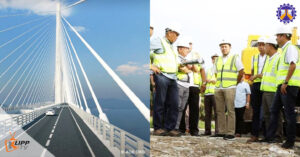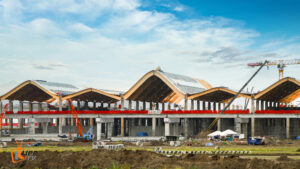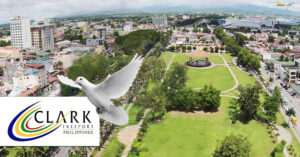PARIS — Philippine President Benigno Aquino III called on nations to help mitigate effects of climate change, especially in developing countries.
“Even beyond such phenomena, we are all aware of how the discourse on development and inequality, within and among nations, is intertwined with climate change,”
Aquino said at the Climate Vulnerable Forum (CVF) in Paris, France.
“Invariably, those who have the least bear most of the burden.”
A high-level event during the 2015 Paris Climate Conference or COP21, the forum serves as a collaborative platform for countries that bear the brunt of climate change.
Click here to know what the Philippines can contribute to fight Climate Change.
The countries gather to craft policies and share best practices.
“Our gathering today, and the hard work that our representatives have been doing since the Climate Vulnerable Forum came into being, highlights an essential pillar of the solidarity we are pursuing: Fairness and equitability are not mere catchwords for the vulnerable; they form the very foundations of a truly global climate response,”
the president added.
The Philippines is among those in constant danger of natural disasters. In 2013, Typhoon Yolanda ravaged central Philippines, obliterating communities and leaving over 6,000 people dead.
Below is the full text of Aquino’s speech at the CVF:
National statement
of
His Excellency Benigno S. Aquino III
President of the Philippines
at the Climate Vulnerable Forum high-level event in Paris, France
[Delivered on November 30, 2015]
Allow me to first of all convey to the citizens of France the deepest sympathies of my people for the tragedy that beset Paris last November 13. I echo the solidarity of the rest of the world in saying that no amount of effort from the forces of darkness can ever make the lights of Paris dim.
Colleagues, in the Philippines, there are only two seasons: wet, and dry. The monsoon season has historically ended by October. Over the past few years, however, the most destructive typhoons have come in November and December — an especially discouraging phenomenon, because it dampens the joyousness of the Christmas season, which is among the most important celebrations in a predominantly Christian nation such as ours.
In this, our country is not an isolated case. Those of us who compose this Forum, and many others who are also exposed to a high concentration of risk, experience climate change in the starkest possible terms. For example, since 2010, in the CVF-member countries, an average of more than 50,000 deaths have occurred every year due to climate shocks. Up to 40 million people may potentially be displaced due to rising sea levels, which threaten to engulf entire nations in the Pacific.
Even beyond such phenomena, we are all aware of how the discourse on development and inequality, within and among nations, is intertwined with climate change. Invariably, those who have the least bear most of the burden. We are getting better at adaptation. However, the reality persists: People still die and whole communities are displaced; businesses are affected, thus stunting economic activity. Funds that could otherwise be used for other development needs and services are channeled towards the costly efforts involving relief, rehabilitation, and reconstruction. By some estimates, annual losses amount to at least 2.5 percent of GDP for us in the CVF — this, despite the fact that we collectively contribute less than 2 percent of current greenhouse gas emissions.
We have all echoed the call for global solidarity in responding to climate change. Our gathering today, and the hard work that our representatives have been doing since the Climate Vulnerable Forum came into being, highlights an essential pillar of the solidarity we are pursuing: Fairness and equitability are not mere catchwords for the vulnerable; they form the very foundations of a truly global climate response. Our friend President Hollande and I have outlined as much in the Manila Call to Action on Climate Change, urging not only climate action, but also climate justice, cooperation, and solidarity in the financial and technological aspects of climate response.
Colleagues, we have all probably noticed how climate change discourse has so far taken shape. The focus of many debates seem to be on who should be doing what. We believe, however, that the question is not about who among us should be doing what; the question is not about the contributions of individual countries. It is imperative that all countries do everything, and maximize what can be done to address climate change now. Either we all strive and sacrifice, or we only vary in how much we lose.
I ask you to picture a situation that has become all too common in the Philippines. After typhoon Bopha in 2012, I had the opportunity to conduct aerial assessments of provinces where coconuts are the main source of livelihood. As far as the eye could see, not a tree was left standing. I note that it takes five to seven years for a coconut tree to grow to maturity. What will the people do to survive in the meantime? We had to innovate by promoting alternative crops and intercropping, to ensure that communities will have other sources of livelihood to sustain our farmers until the new coconut trees reach maturity.
So many talk of resilience being one of my people’s highest attributes. We have been able to build back better even after the most devastating storms, for example, by moving entire communities away from hazardous areas. But building back better has become less and less of a guarantee, given that the new normal might still be replaced by an even newer normal that is even more destructive, if we fail to act in concert. Positive national development trajectories, especially of emerging economies such as the Philippines’, can be broken due to the disruption caused by disaster. After all, what if we could channel the resources used for building back better towards development interventions?
By now, the truth should be evident to all: No amount of effort, however gargantuan, by a single nation can ever be enough to address climate change in its entirety. In the Philippines, we have been implementing an ambitious national greening program, planting 1.5 billion trees in 1.5 million hectares to be completed by next year. We have cracked down heavily on illegal logging and other unsustainable environmental practices. We have worked to diversify our energy resources, increasingly tapping into renewables such as solar, wind, biomass, hydro, and geothermal power — to the extent that they now constitute 30 percent of our energy mix. Government scientists have been conducting research towards more disaster-resilient crops, and we have continuously been upgrading our weather forecasting capabilities. We are willing and ready to share with you all the knowledge and best practices that we have learned from our experience. Despite this, much remains to be done in terms of creating a fully climate-proof Philippines — and I suspect it is the same for most, if not all, of our brother nations in the CVF.
In the Philippines, we have as one of our core philosophies the idea of “bayanihan.” Loosely translated, it means communal action borne of communal responsibility. Back home, we have been harnessing the energies of bayanihan towards national transformation: In instituting good governance, in engaging the engines of economic growth, and in creating a more compassionate and inclusive society. We have called on the spirit of bayanihan to lift up our countrymen during every storm that has made landfall within our islands.
This spirit of bayanihan, dear colleagues, is exactly the same spirit that informs the Climate Vulnerable Forum. It is also at the core of what we launch today: the Manila-Paris Declaration, which embodies our shared aspirations for a world that is more just and more sustainable. Individually, we are already survivors; collectively, we are a force towards a fairer, more climate-proactive world. Many of us have already been taking pioneering action, particularly in terms of climate finance. Let us not only enhance and intensify such work, but also fully leverage our solidarity in ensuring that the remaining barriers towards concerted action and knowledge sharing are broken down — so that we may in turn link arms and march on together towards a more resilient, more inclusive future.
Thank you and good day.


